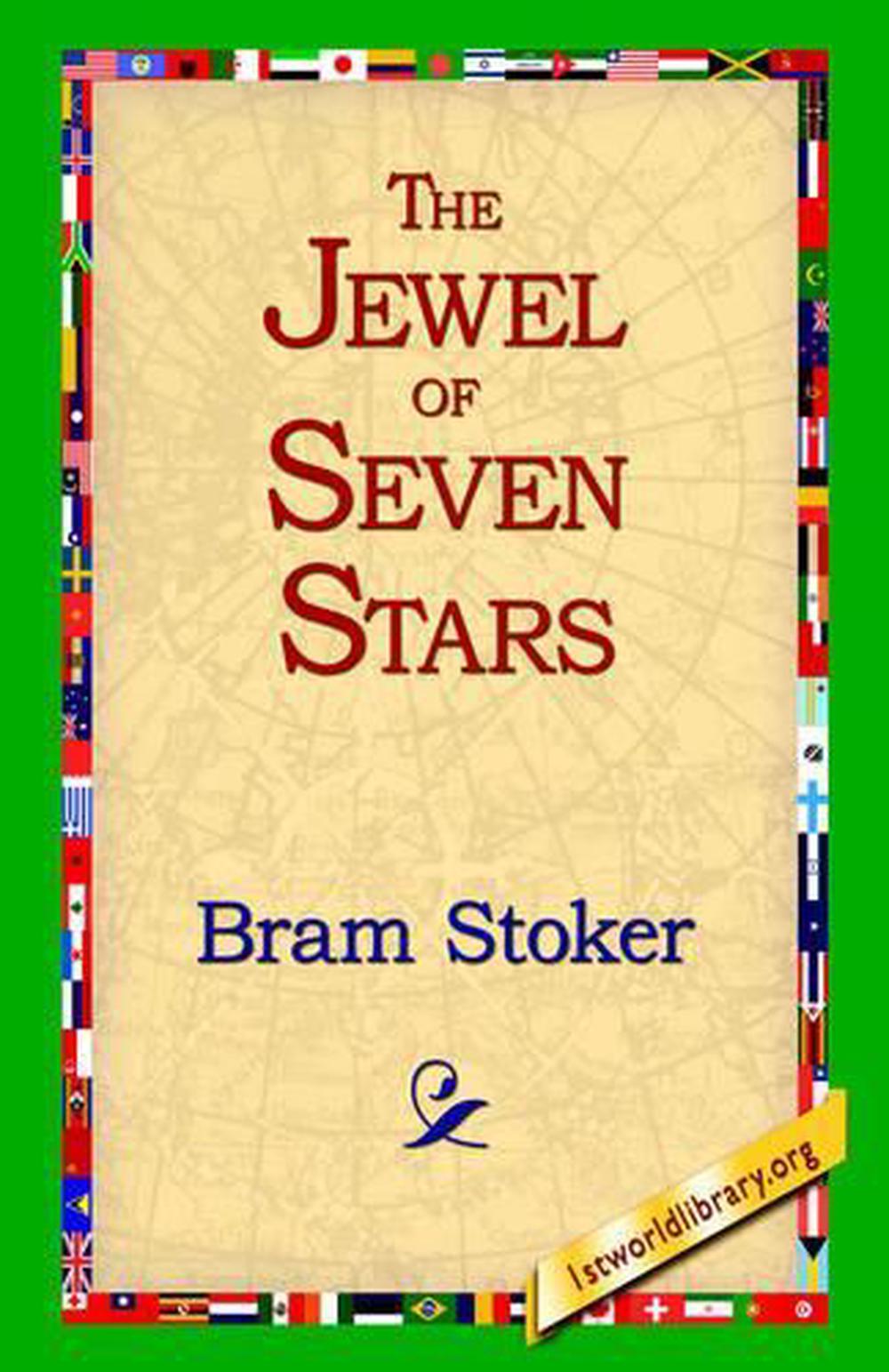
That Sheppard referred in the publicity to Hull’s mummy being the mummy of a princess is interesting but not unusual, as royal pedigrees were commonly given to mummies to add to their attraction. Newspaper cutting referring to mummy as that of a princess What is much more interesting to my mind is the fact that in publicity about his acquisition of the Whitby mummy, Sheppard referred to the mummy as being that of an Egyptian princess, although he couldn’t be sure of the translation of her name. So when it is claimed that this was when Stoker saw the mummy now in Hull Museums and that this inspired The Jewel of Seven Stars I ask what is the evidence for this connection with George Elliot? It provided Stoker with inspiration for part of his Dracula story. Barbara Belford in her biography of Bram Stoker describes the stay in Whitby in some detail. Stoker is known to have visited Whitby in August 1890 and on certain websites is said to have stayed with Sir George Elliot. Stoker had an interest in ancient Egypt from contact with Egyptophile William Wilde, the father of Oscar, in Victorian Dublin. This common origin may shed light on speculation that it was the mummy from Whitby that inspired Bram Stoker (1847-1912) to write The Jewel of Seven Stars, a horror novel, first published in 1903.

Thomas Sheppard and the Whitby Mummy in Hull in 1935


 0 kommentar(er)
0 kommentar(er)
